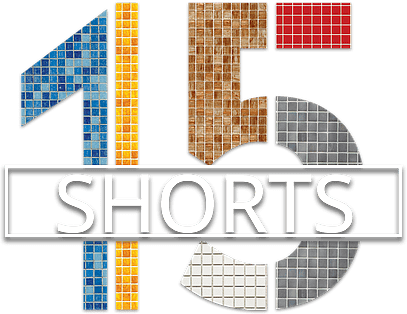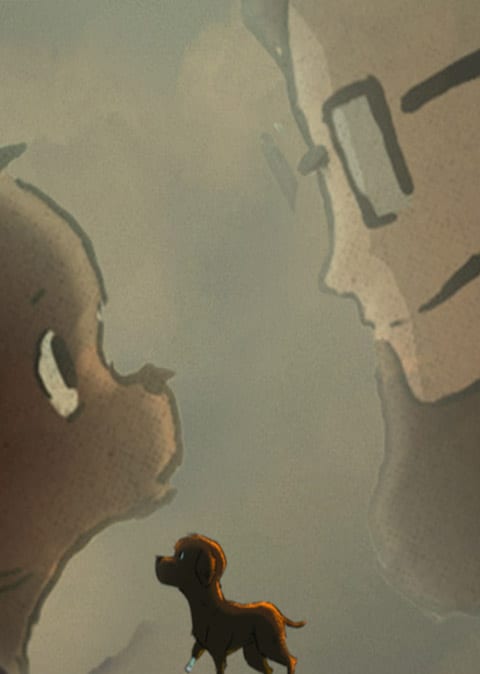Defining Culture in the Context of Communities
Defining Culture
As culture can be an abstract concept, let’s try to put a finger on it.
One popular definition of the word “culture” comes from Robert Kohls, the former Director of Training and Development for the United States Information Agency:
“Culture is an integrated system of learned behaviour patterns that are characteristic of the members of any given society… the total way of life of particular groups of people. It includes everything that a group of people thinks, says, does, and makes—its customs, language, material artefacts, and shared systems of attitudes and feelings. Culture is learned and transmitted from generation to generation.”
Let’s take some time to unpack that definition. Two major aspects of Kohls’ definition are the learning and sharing of culture. If you ask cultural anthropologists, they’ll likely add that culture is symbol-based, spatial, dynamic, and integrated. When we asked community developers in Singapore, they shared these descriptions and added interesting factors in the context of their communities.
Culture is learned
Any newcomer to a group can learn its culture. As a developer, you can establish and reinforce values, knowledge, habits, and norms within the community to help members learn the culture.
The fact that culture is learned means it can also be unlearned. When people lose their belief in vital aspects of a community’s culture, they may choose to discard these aspects and stop abiding by community norms.
Sometimes, community developers set norms while the group is still in its infancy. But when communities form organically, members have to learn what the group considers to be acceptable and desirable behaviours. These become the basis for rules of engagement in the community.
Culture is shared
Culture can be shared through actions and stories. Both leaders and members must take on the responsibility of sharing the community’s culture with new members.
This means that a community’s customs, lingo, and systems of attitudes and feelings must be shared among the group in order to become part of their culture. If only the developers or one or two people take part in these aspects, then they can’t be considered as exemplifying the community’s culture.
Culture is symbol-based & spatial
Culture is manifested in physical, behavioural, and verbal symbols. These include artefacts, rituals, and lingo. In communities, these could include branded tools that reflect your shared hobby, sharing something you’re grateful for before starting any meeting, having monthly member-led sharing sessions, oft-repeated slogans, and more.
Community developers add that physical spaces help shape culture, too. Michelle of Artswok Collaborative, an arts-based community development organisation, says that “spaces are important in creating networks and memories”.
Culture is dynamic
Culture is ever-changing. That’s a good thing, because being dynamic helps people adapt and survive. For example, your culture can change to adapt to the times—think, for example, the ‘new normal’ after COVID-19; or a more gender-sensitive culture in response to #MeToo.
Since culture is dynamic, it is possible to change aspects of it that are outdated or irrelevant today. In some cases, you may find that a toxic culture has taken root, and you’d definitely want to change that.
But that also means if you don’t constantly reinforce and share the community’s culture, it could change in possibly undesirable ways.
Culture is integrated
Every aspect of culture is connected to all others. The stories we share reflect our shared values, but they can also perpetuate new beliefs. Norms guide our rituals and relationships, but if the latter are transformed, norms will have to evolve, too.
Culture in communities
Here’s a definition we came up with after our discussions with developers in Singapore: “Culture is a result of a learning process to solve a problem as a community done through different processes, habits, norms, and structures. Solutions that the community comes up with crystallise into values.”
Ethan Seow, the founder of cultural design company Undelusional, says that the culture of a community is shaped and influenced by the most important or prominent needs individuals in the community have, and what individuals derive from being part of this community.
While the power dimension doesn’t come up here, it’s certainly crucial, as community leaders are in the position to influence culture. Let’s talk more about that in the next section.
Next Chapter: Cultural Tensions in Communities




















